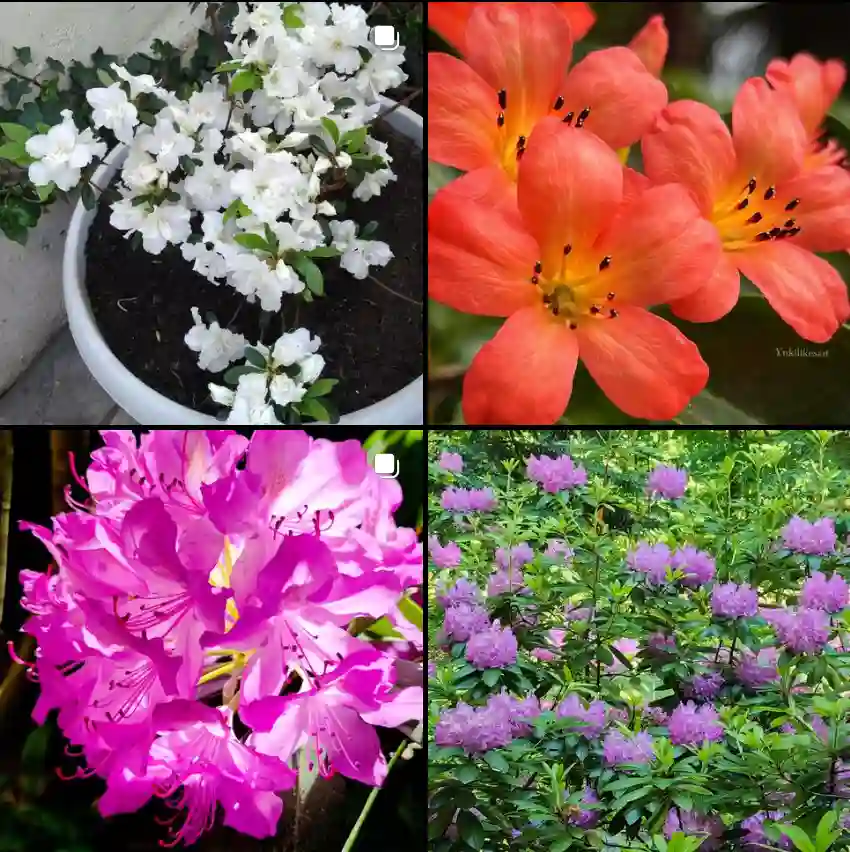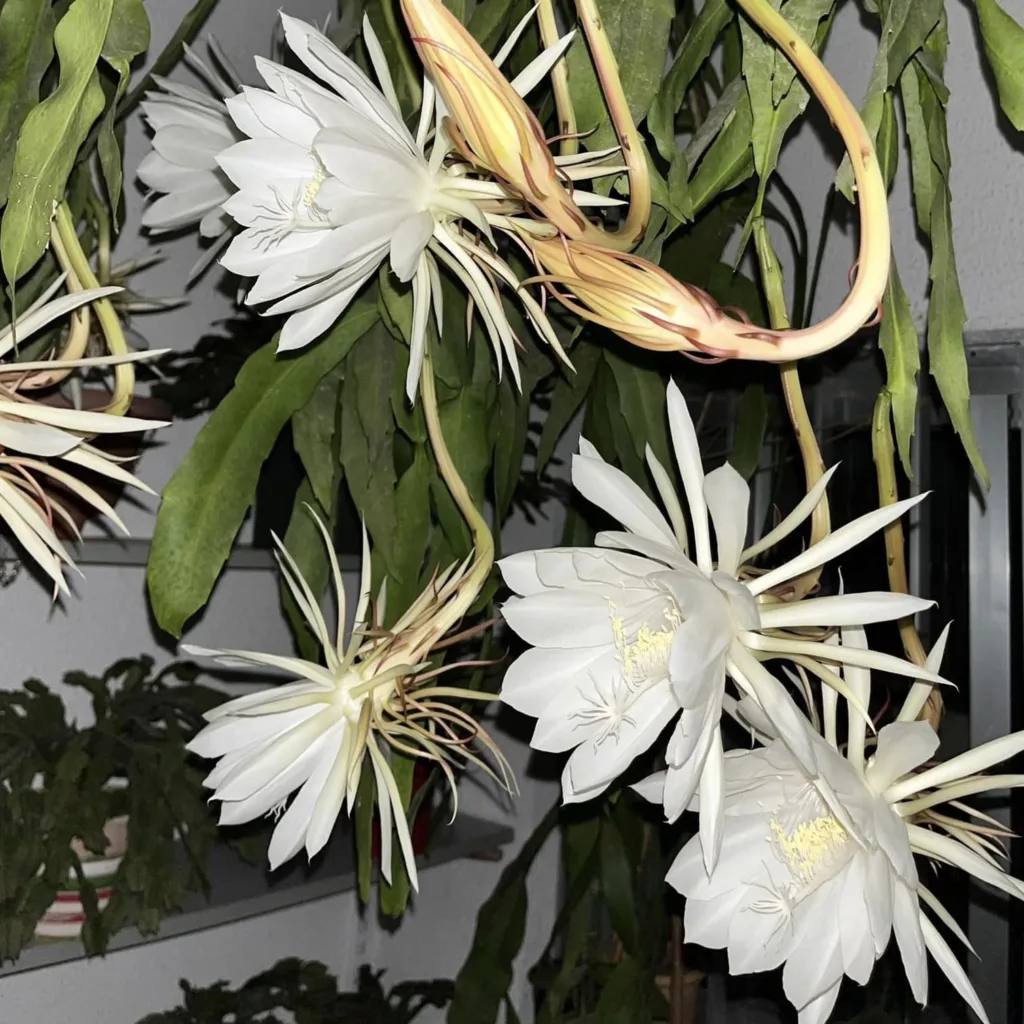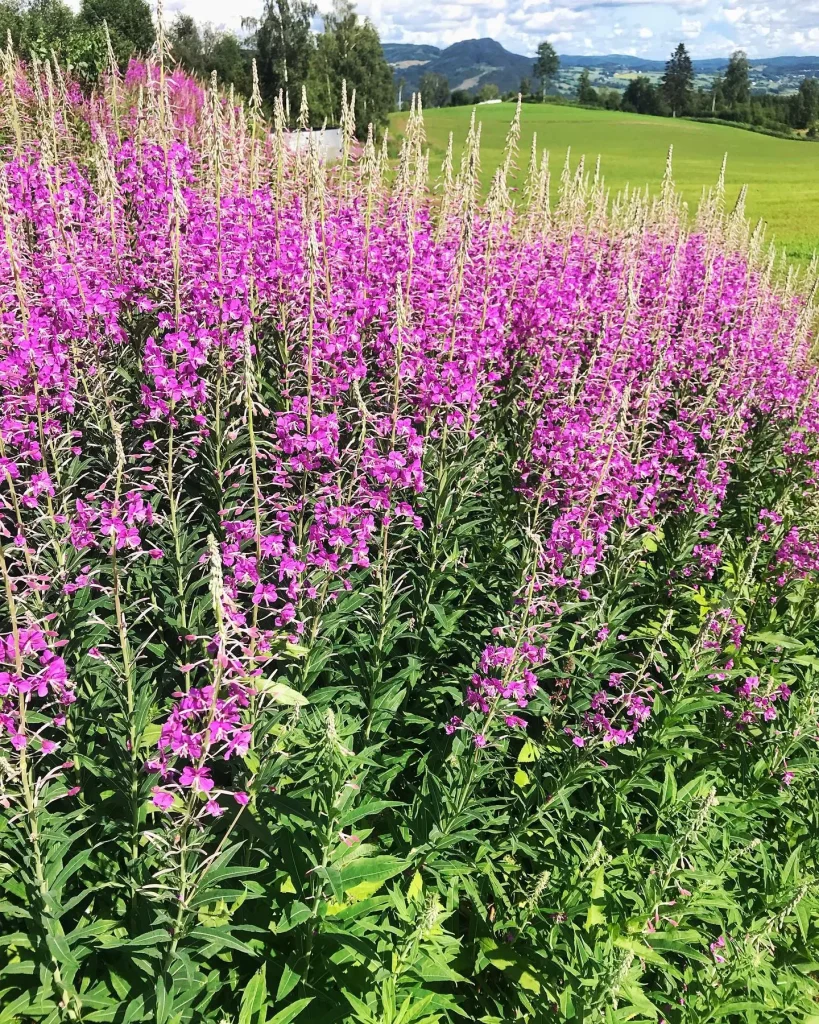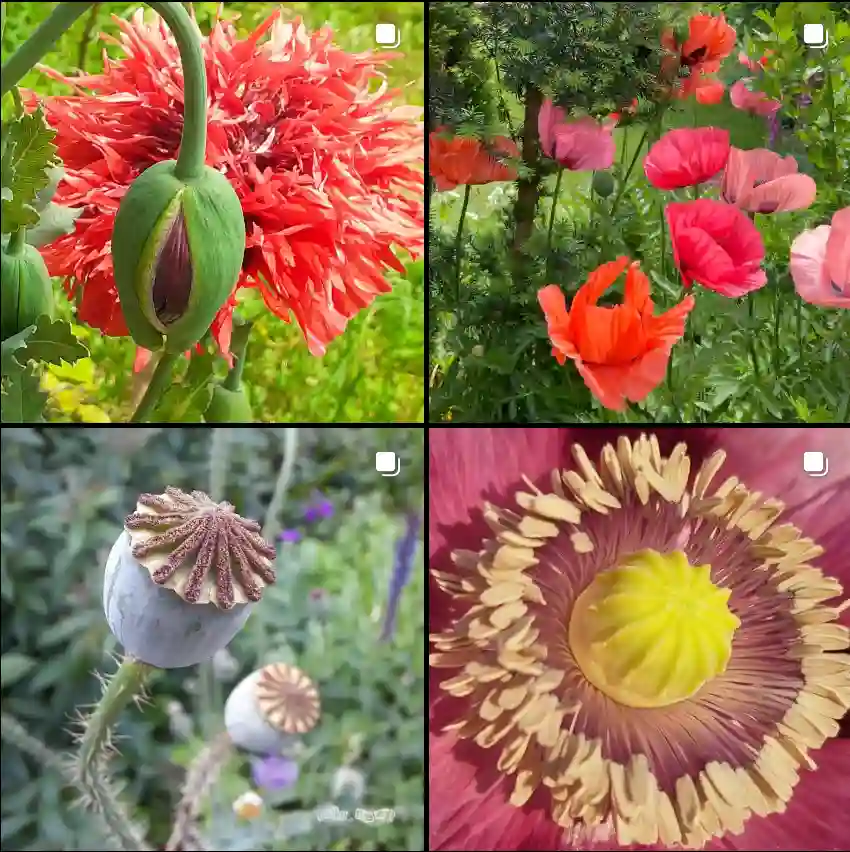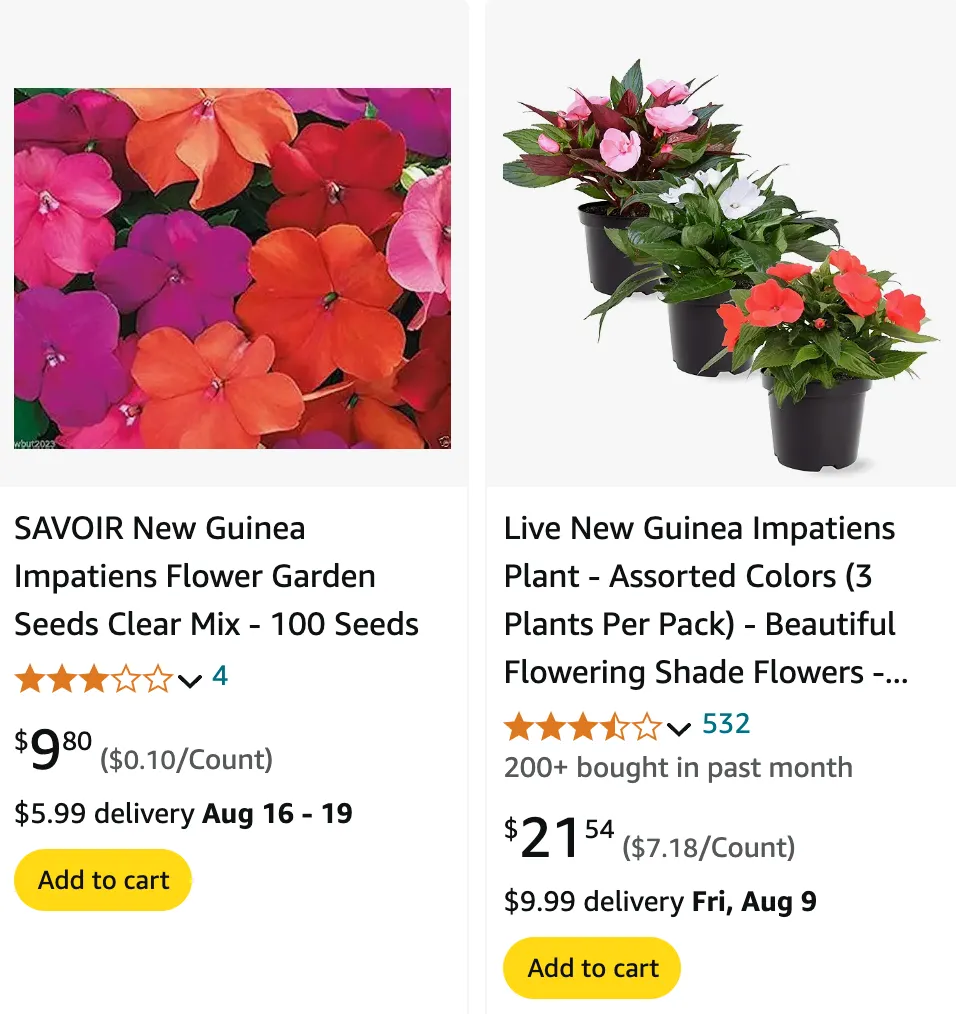
FAQs About New Guinea Impatiens
As an avid gardener with a passion for vibrant and diverse plants, I have had extensive experience with New Guinea Impatiens. These stunning flowers are a favorite in my garden, and I often get asked various questions about them. Here, I’ve compiled some of the most frequently asked questions and provided detailed answers based on my personal experiences.
1124 Species in Genus Impatiens
What are New Guinea Impatiens?
New Guinea Impatiens – Impatiens Hawkeri are a popular type of flowering plant known for their bright and bold blooms. They belong to the Impatiens genus and are prized for their ability to thrive in shaded garden spots. These plants originate from New Guinea, hence the name, and they bring a tropical feel to any garden with their vibrant flowers and lush foliage.
Are New Guinea Impatiens Deer Resistant?
One of the questions I frequently encounter is whether New Guinea Impatiens are deer resistant. Based on my experience, New Guinea Impatiens are not particularly deer resistant. Deer tend to munch on these plants, especially when other food sources are scarce. If you live in an area with a high deer population, you might want to consider using deer repellents or planting in a protected area.
Are New Guinea Impatiens Perennials?
In warmer climates, New Guinea Impatiens can be grown as perennials. However, in most regions, they are treated as annuals. They thrive in USDA hardiness zones 10-12, where they can survive year-round. In cooler climates, they will not survive the winter outdoors and should be replanted each year.
Can New Guinea Impatiens Take Full Sun?
While New Guinea Impatiens can tolerate more sun than traditional Impatiens, they still prefer partial shade. In my garden, I’ve found that they do best in locations with morning sun and afternoon shade. Too much direct sunlight can cause the leaves to scorch and the plant to become stressed.
How to Care for New Guinea Impatiens?
Caring for New Guinea Impatiens is relatively straightforward. They prefer well-draining soil and consistent moisture. I water my plants regularly, ensuring the soil is kept moist but not waterlogged. Fertilizing every couple of weeks with a balanced fertilizer helps promote healthy growth and vibrant blooms. Pruning spent flowers and any leggy growth keeps the plants looking tidy and encourages more blooms.
Are New Guinea Impatiens Toxic to Cats?
For pet owners, it’s important to know that New Guinea Impatiens are not toxic to cats. I have several cats in my household, and I’ve never had any issues with them interacting with these plants. However, it’s always a good idea to monitor pets to ensure they don’t ingest large quantities of any plant.
Are New Guinea Impatiens Toxic to Dogs?
Similar to cats, New Guinea Impatiens are not toxic to dogs. My dogs roam freely in the garden, and I’ve never had any problems with them and these plants. Nonetheless, it’s wise to discourage pets from chewing on plants in general.
How to Deadhead New Guinea Impatiens?
Deadheading New Guinea Impatiens helps to promote continuous blooming. To deadhead, simply pinch off the spent flowers just above the nearest set of leaves. I make it a habit to deadhead regularly, which keeps my plants looking fresh and encourages new flower production.
New Guinea Impatiens vs SunPatiens
When comparing New Guinea Impatiens to SunPatiens, the key difference is their light tolerance. New Guinea Impatiens prefer partial shade, while SunPatiens can thrive in full sun. In my garden, I use SunPatiens in areas that receive more sunlight and reserve shaded spots for New Guinea Impatiens.
New Guinea Impatiens vs Impatiens
Traditional Impatiens and New Guinea Impatiens are different in several ways. New Guinea Impatiens have larger flowers and more robust foliage compared to the smaller, delicate blooms of traditional Impatiens. Additionally, New Guinea Impatiens can handle more sun exposure, whereas traditional Impatiens thrive in full shade.
New Guinea Impatiens vs Vinca
Vinca, also known as Periwinkle, is another popular garden plant that is often compared to New Guinea Impatiens. Vinca is more drought-tolerant and can thrive in full sun, making it a great option for hot, dry areas. On the other hand, New Guinea Impatiens prefer more moisture and partial shade. Both plants offer vibrant blooms, but their care requirements and ideal growing conditions differ significantly.
How to Propagate New Guinea Impatiens?
Propagating New Guinea Impatiens is relatively easy and can be done through cuttings. I usually take cuttings in the spring or early summer. Simply cut a healthy stem just below a node, remove the lower leaves, and place the cutting in water or moist soil. Keep it in a shaded area and ensure it stays moist. Roots typically develop within a few weeks, and the new plants can be transplanted into the garden.
What to Plant with New Guinea Impatiens?
New Guinea Impatiens pair well with a variety of other plants. I like to combine them with other shade-loving plants such as Hostas, Ferns, and Caladiums. The contrasting foliage and flower colors create a lush, visually appealing garden bed. Additionally, they look fantastic in container gardens, adding a burst of color to patios and balconies.
How to Overwinter New Guinea Impatiens?
In cooler climates, you can overwinter New Guinea Impatiens by bringing them indoors. I typically pot up a few plants and keep them in a bright, but not sunny, location inside. Water them sparingly over the winter months, just enough to keep the soil from drying out completely. In the spring, they can be acclimated back to the outdoors and replanted in the garden.
Conclusion
New Guinea Impatiens are a versatile and vibrant addition to any garden. Their stunning flowers and lush foliage can brighten up shaded areas and add a tropical feel to the landscape. By understanding their care requirements and differences from similar plants, you can ensure they thrive in your garden. Happy gardening!
If i die, water my plants!
